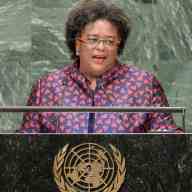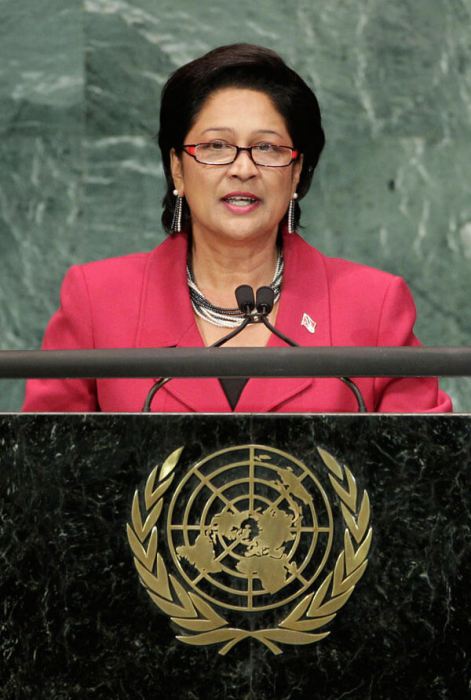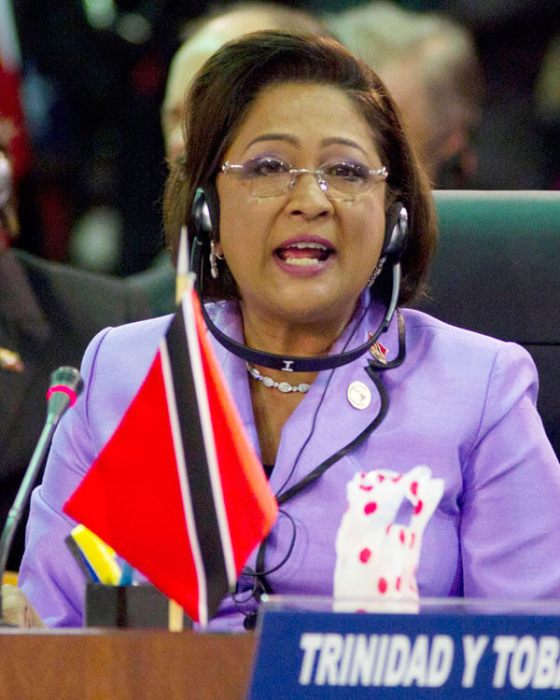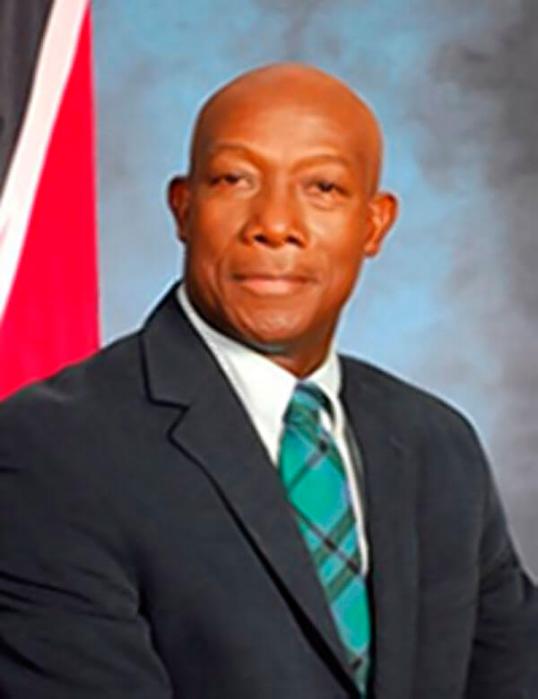This commentary is about the politics of national identity and the United National Congress (UNC), People’s Partnership (PP) and People’s National Movement (PNM) governments in Trinidad and Tobago. It focuses on East Indian (Indo-Trinidadian) culture in the Caribbean Festival of Arts (CARIFESTA).
Under the Basdeo Panday’s UNC (1995-2001) and Kamla Persad-Bissessar’s PP (2010-2015) governments, Indian culture suffered the same fate as it is being afflicted under the present Dr. Keith Rowley’s PNM.
In the history of governmental politics in Trinidad and Tobago, there has never been an Indo-Trinidadian Minister or Junior Minister, or even Minister in the Ministry of Culture / Multiculturalism.
Panday appointed Dr. Daphne Phillips as the minister of Culture and Gender Affairs.
Persad-Bissessar appointed Winston “Gypsy” Peters as minister of Arts & Culture (2010-2012) and later Dr. Lincoln Douglas as Minister of Arts & Multiculturalism (2012-2015).
Rowley selected Dr. Nyan Elizabeth Gadsby Dolly as the minister of Community Development, Culture & Arts.
To add insult to injury, there has never been an Indo-Trinidadian Advisor to the Minister of Culture. Under Persad-Bissessar’s PP, Dennis “Sprangalang” Hall was appointed Special Advisor to “Gypsy” Peters. The PP Government turned a blind eye to the institutional bias in the ministries that dealt with culture.
The one constant factor in all of these changes in the Ministry (Division) of Culture is Mrs. Ingrid Ryan-Ruben. She has been the Director of Culture over all these years. Whether she is the master mind behind the marginalisation of Indian culture in that Ministry is a topic to be investigated. When another party — not the UNC, PP or PNM — comes to power, senior officials in that Ministry would have to be investigated and possibly charged for misbehaviour in public office.
CARIFESTA is a regional multicultural show organised on a periodic basis by Caribbean governments. This mega show was conceptualised by dictator President Forbes Burnham of Guyana (1980-1985). The 10-day concert and display include singers, musicians, actors, authors, artists, etc. whose international airfare, hotel accommodation and honorium are paid by their respective governments.
When Panday was in power, CARIFESTA was held in St. Kitts and Nevis in 2000. When Persad-Bissesser was prime minister, it was held in Suriname in 2013 and Haiti in 2015. The status of Indian culture in these multicultural festivals was maintained as a token aspect of Trinbago culture under these two Indian prime ministers.
CARIFESTA XIII was held in Barbados on Aug. 17 to 27, 2017. It was premiered at NAPA in Port of Spain on Aug. 9, 2017. In keeping with tradition, about 90 percent of the audience at NAPA consisted of non-Indians.
The concert included 11 items with only three (27 percent) of the performances being on Indian culture. There were two Indian dances by Janelle Pundit and the Vijay Seeramlal’s performance, and a song by Neval Chatelal. In total, there were only four (7 percent) Indian performers in a cast of 60. Therefore, of the 60-member delegation selected to go to Barbados, 93 percent were Afro-Trinidadians. Indians were grossly underrepresented because they comprise the largest ethnic group in T&T (35 percent of the population). They also comprised almost the same number as Afro-Trinidadians (34 percent) in the population.
The large cast of North West Laventille Cultural Movement performed twice just as the National Theatre Arts Company of T&T and Newtown Playboys Steel Ensemble. Other performances featured Tobago Dancers and Spoken Word (Derron Sandy). There were more Tobago dancers as well as Limbo dancers than Indian dancers.
Afro-Trinbagoian performances included the salaka drum dance and an Ibo religious feast portrayal with Yoruba songs and Congo drumming. There were also stick plays and black minstrel dances. Some of these acts included as many as 10 members.
The Craft Exhibition in the foyer at NAPA included miniature Carnival and African dolls; tie-dye fabric; glass bead necklaces, earrings and bracelets; hand bags; ceramics jars and tea cups; calabash pots; toy tops; cutting boards; shak-shak; etc. It is in this creative space that discrimination against Indian culture becomes obscene.
There were no displays of local Indian art and craft items such as mehindi, rangoli, crepe paper cutting, clay deya and pots, cokeyeh brooms, chulha [fire side], mortars and pestles, mowree [bride’s headpieces], phooknee [blowpipes], daal ghotni [swizzle sticks] dabla [wooden ladle], peerhaa [small low benches], sil and lorha [grinding stones], dhantal [metallic percussion instruments], tassa and dholak [drums], miniature windmills, etc.
The CARIFESTA XIII Trinbagoian delegation in Barbados did not include any biraha [extempo], pichakree [like calypso], chutney, tassa or Ramleela performers.
Ramleela in Trinidad and Tobago has received global attention. It is unique to this country and no longer performed in Suriname and Guyana. Ramleela has also been proclaimed by UNESCO as a Masterpiece of the Oral and Intangible Heritage of Humanity in 2005.
The writer is an Indian cultural and religious activist.

























